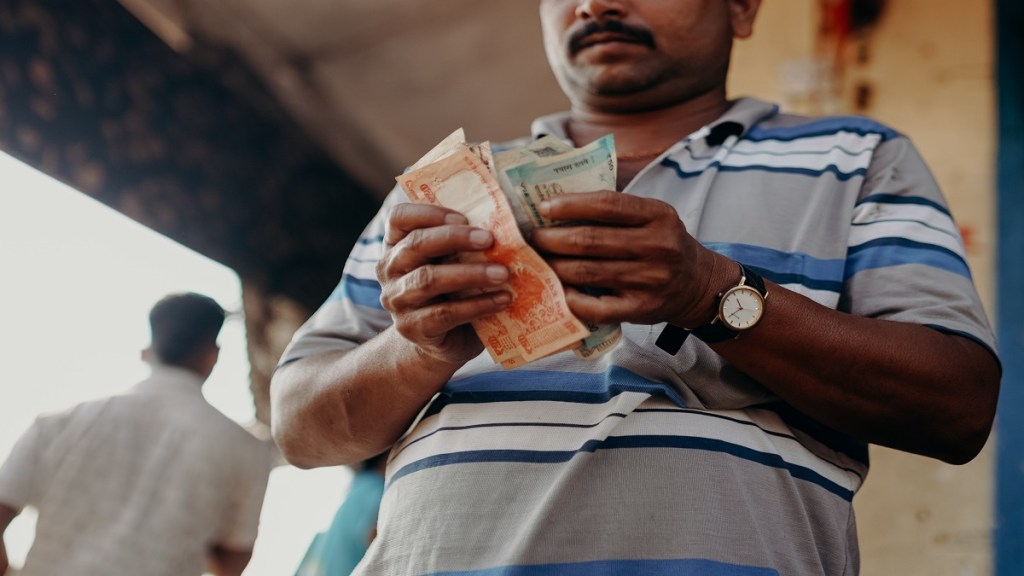NBFC-Microfinance Institution (NBFC-MFI) CreditAccess Grameen on Friday said it has raised Euro 25 million (around Rs 223 crore) from the German Investment Corporation DEG and Rs 170 crore from Citi in a co-financing arrangement. The company said the long-tenor co-financing deal is a step in strengthening its funding profile to further offer affordable financial services to women entrepreneurs, the company said in a stock exchange filing.
Speaking on the development, Nilesh Dalvi, Chief Financial Officer, CreditAccess Grameen, said the growing share of foreign borrowings plays a key role in bolstering the company’s liquidity and Asset-Liability Management (ALM) position, diversifying geographical risk, and strengthening financial resilience.
“This strategic move positions us well to navigate macroeconomic cycles, ensuring a strong foundation for sustainable growth in the coming years,” he said.
Bengaluru-headquartered CreditAccess Grameen offers micro-loans to women customers predominantly in rural areas and operates in 398 districts in 16 states and one union territory (Puducherry) through 2,031 branches. Loan products include credit for income generation, home improvement, emergency, two-wheeler, loan against gold, etc.
“This co-financing arrangement will support women micro-entrepreneurs and is core to Citi’s financial inclusion agenda in India. Citi has set a Social Finance goal to enable access to basic services and economic opportunities for 15 million low-income households, including 10 million women, in emerging markets,” said Neeraj Kumar, Managing Director and Head of Corporate Bank, India Sub-Continent, Citi.
Importantly, Goldman Sachs has downgraded CreditAccess Grameen’s rating to ‘Sell’ from ‘Buy’ and cut the target price by more than 60 per cent to Rs 564 from Rs 1,426 citing concerns around asset quality. Its shares fell 11.8 per cent on Friday to Rs 870 per share on BSE.
The company, last month, had reported a 46 per cent decline in its net profit at Rs 186 crore for the second quarter (July-September) in the current financial year from Rs 349 crore during the year-ago period.
Overall, the profitability of microfinance institutions (MFIs) could be suppressed in the current financial year on the back of rising credit costs stemming from asset quality challenges that have begun to surface, said credit rating agency Crisil Ratings in September this year.
This could reduce MFIs’ Return on Managed Assets (RoMA) as well to 2.0-2.5 per cent from a high of around 4 per cent in the previous financial year.
Amidst rising asset quality stress for the sector, industry association Microfinance Institutions on Wednesday said it ) has decided to tighten lending norms for its members, effective from Jan 1, 2025. The revised rules would include reducing the number of microfinance lenders per borrower to three from the existing four and capping the outstanding loan amount of a microfinance borrower at Rs 0.2 mn including microfinance loans and unsecured retail loans.
On November 29, brokerage firm UBS said microfinance defaults increased at an accelerated pace in October with portfolio at risk for zero days jumping 130 basis points between September and October to 17.5 per cent while portfolio at risk for over 90 days also increased by 60 basis points to 12.2 per cent.
